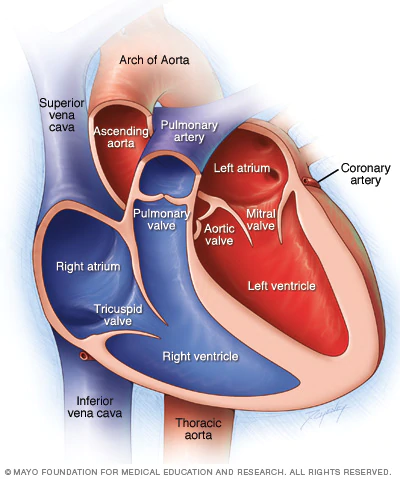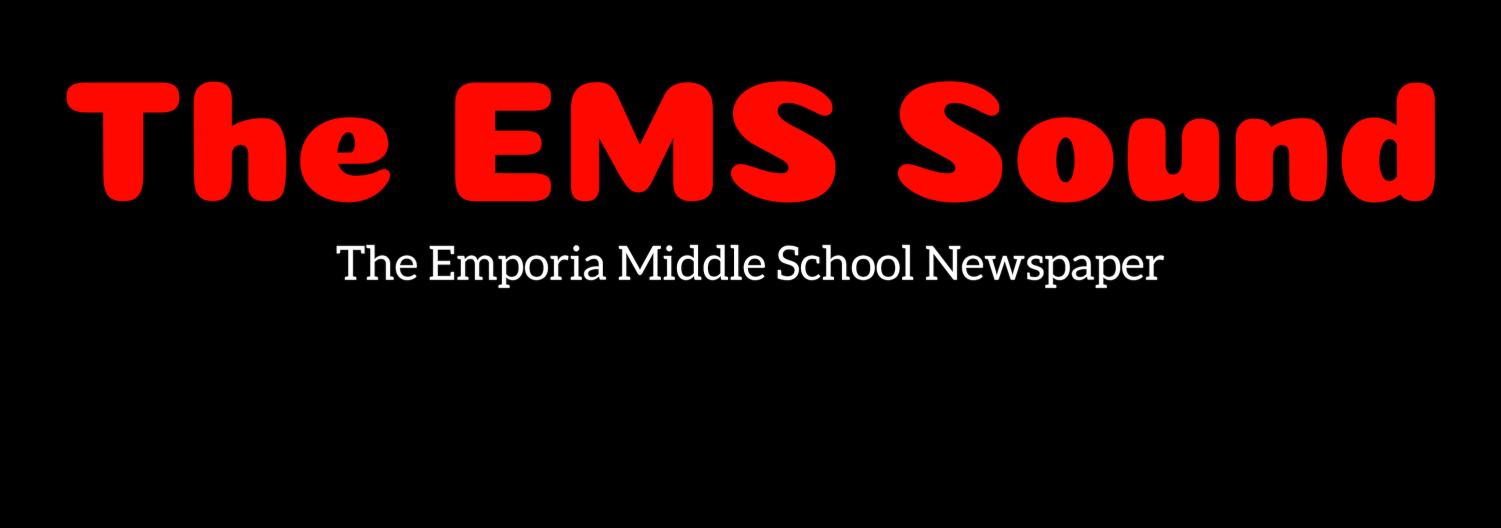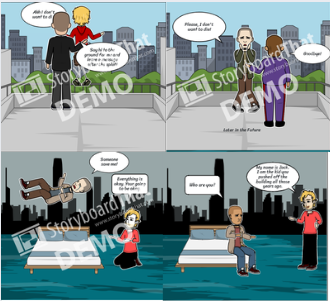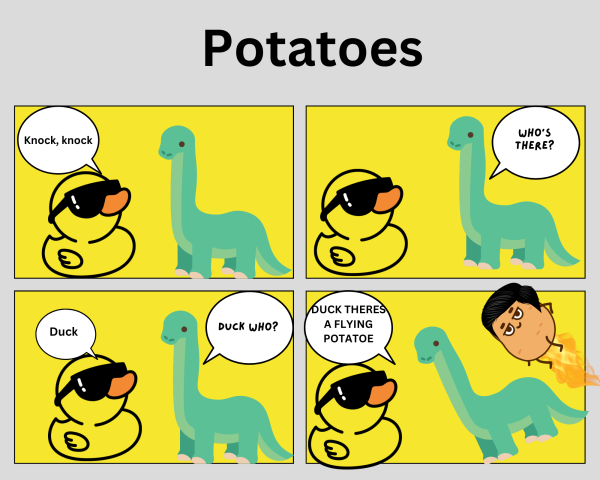How Does The Heart Work-Exclusive Explanation

These are the four chambers in the heart.
March 21, 2019
How Does It Work?
Have you ever wondered how your heart works, or even the point of a heart? Well, then you’re in luck because I’m giving you an explanation of the heart. The heart is divided into four chambers, the right atria, the left atria, the right ventricle, and the left ventricle. There’s also coronary arteries, and the aorta. The coronary arteries run along the surface of the heart and provide oxygenated blood to the heart muscle. The aorta is the largest artery in the whole body and it takes oxygenated blood to the rest of your body. The tricuspid valve, the mitral valve, the pulmonic valve, and the aortic valve also play a large part in the heart. The tricuspid valve is the opening to the right atria, and right ventricle. The mitral valve is the opening between the left ventricle and left atria.
What Does It Do?
The heart is a very complex organ that works very hard every day, even when you don’t realize it. The veins carry in deoxygenated blood to the heart so it can filter through and go back into the body as oxygenated blood. But it’s a lot more complicated than that. You see, the blood comes in through the veins and straight to the right atria to receive the blood and then pump it to the right ventricle. After the right ventricle receives blood from the right atrium it pumps it to the lungs where it is loaded with oxygen. The left atrium receives oxygenated blood from the lungs and pumps it to the left ventricle. The left ventricle is the strongest chamber that pumps oxygen-rich blood to the rest of the body. The left ventricle’s strong contractions create our blood pressure.
What Can Go Wrong?
Like I said earlier, the heart is a complex organ so many things can go wrong. Myocardial infarction, or more commonly known as a heart attack, is one of the things that could potentially go wrong. A heart attack occurs when a coronary artery becomes blocked, stopping the flow of blood to the heart muscle and damaging it. You may be having a heart attack if you feel pain, pressure, or squeezing in your chest, particularly a little to the left side. Pain or pressure in your upper body like in your neck, jawline, back, stomach, or in one or both of your arms (especially your left), and also shortness of breath. Arrhythmia is when your heart pumps with an irregular beat. Arrhythmia can be very severe or even life-threatening. The causes of arrhythmia are varied and include diabetes, mental stress, and smoking.
Recap of The Heart
So, what you’ve learned so far is that the heart works by taking in de-oxygenated blood into the right atria, and after the right ventricle receives blood from the right atrium it pumps it to the lungs, to get oxygen. Then the left atrium receives oxygenated blood from the lungs and pumps it to the left ventricle. The left ventricle is so strong that it controls our blood pressure.






